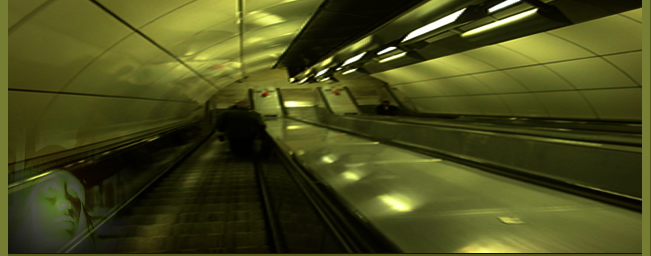.:: Linux Bible ::.
Provided your partitions are properly detected, mounting Windows partitions is no different than
mounting Linux partitions. For Windows file system types FAT and VFAT, there should be no
problem mounting and writing to those file systems. For NTFS file systems, there are a few things
you should consider before writing to them.
Earlier versions of KNOPPIX allowed you to download a feature called Captive NTFS. With
Captive NTFS, you could use native Windows drivers to access NTFS partitions from KNOPPIX.
This was considered to be reliable enough that you could write to NTFS partitions without much
fear of corruption.
The current version of KNOPPIX uses drivers from the Linux-NTFS Project (www·linux-ntfs·org/)
to provide support for accessing NTFS file systems from Linux. The advantage of using
Linux-NTFS is that NTFS partitions can be mounted and used just like any other Linux file system.
In other words, you don't need Windows drivers. The downside is that writing to NTFS partitions
using Linux-NTFS is considered unreliable and could cause corruption to your NTFS partition. So,
I recommend you not try to write to an NTFS file system from KNOPPIX if it contains critical data,
but feel free to read from NTFS during a KNOPPIX session.
Creating a Persistent Home Directory
If you are going to use the computer more than once with KNOPPIX (or if you just want more
storage space for files than your computer has available in RAM), you can assign your KNOPPIX
home directory (/home/knoppix) to use some of the available space on your hard drive. That
can be done in either of two ways:
Assign an entire partition to be used for your home directory.
Assign a part of that partition for your home directory, in the form of an image file.
